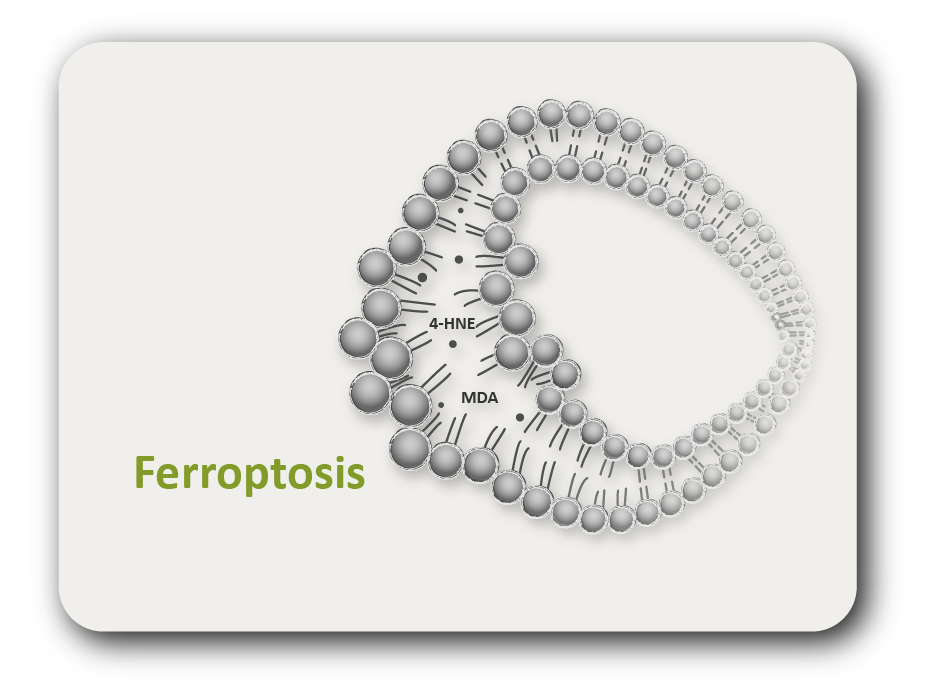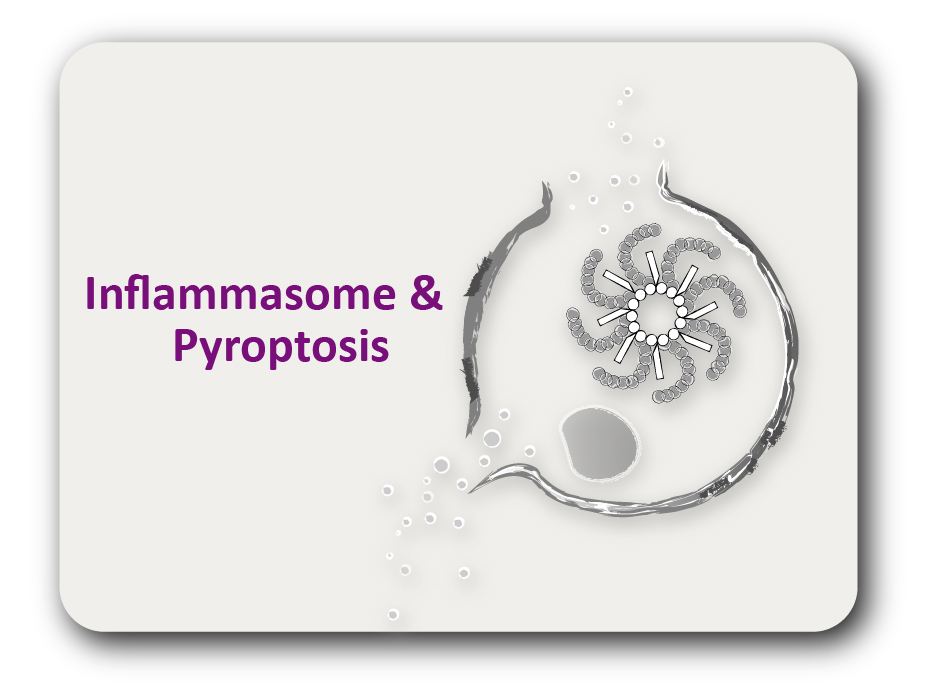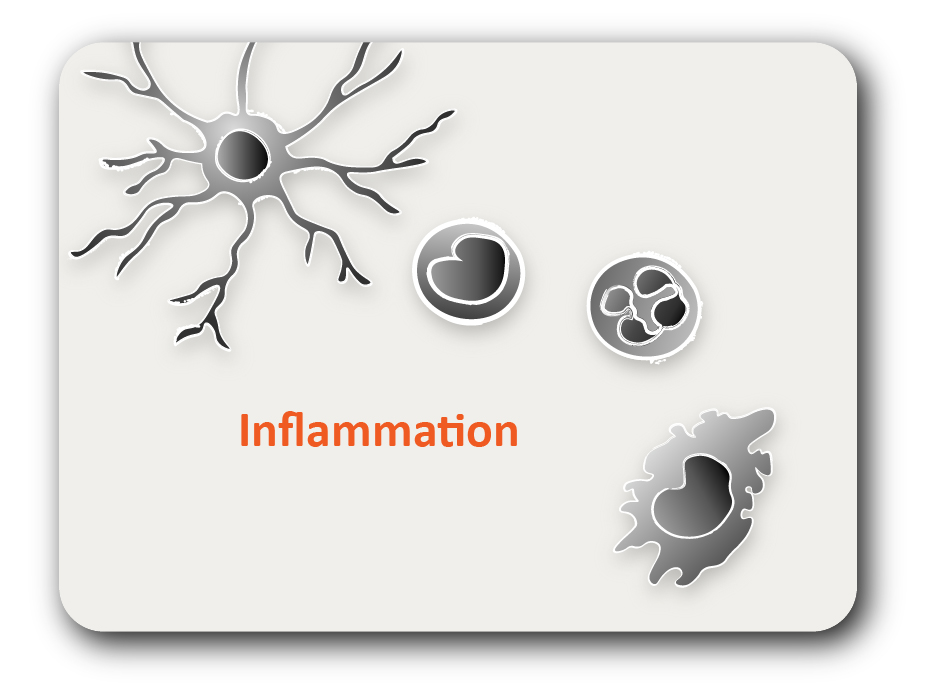ARG70521
Human KLKB1 / Plasma Kallikrein recombinant protein (His-tagged)
Human KLKB1 / Plasma Kallikrein recombinant protein (His-tagged) for SDS-PAGE
Overview
| Product Description | CHO expressed, His-tagged Human KLKB1 / Plasma Kallikrein recombinant protein |
|---|---|
| Tested Application | SDS-PAGE |
| Target Name | KLKB1 / Plasma Kallikrein |
| A.A. Sequence | Gly20 - Ala638 |
| Expression System | CHO |
| Alternate Names | KLKB1 Kallikrein B1; KLK3; Kallikrein B, Plasma (Fletcher Factor) 1; Plasma Prekallikrein; Plasma Kallikrein; Fletcher Factor; Kininogenin; PKK; EC 3.4.21.34; EC 3.4.21; PKKD; PPK |
Properties
| Form | Powder |
|---|---|
| Purity | > 95% (by SDS-PAGE) |
| Buffer | PBS (pH 7.4) |
| Reconstitution | It is recommended to reconstitute the lyophilized protein in sterile water to a concentration not less than 200 μg/ml and incubate the stock solution for at least 20 min at room temperature to make sure the protein is dissolved completely. |
| Storage Instruction | For long term, lyophilized protein should be stored at -20°C or -80°C. After reconstitution, aliquot and store at -20°C or -80°C for up to one month. Storage in frost free freezers is not recommended. Avoid repeated freeze/thaw cycles. Suggest spin the vial prior to opening. |
| Note | For laboratory research only, not for drug, diagnostic or other use. |
Bioinformation
| Gene Symbol | KLKB1 |
|---|---|
| Gene Full Name | Kallikrein B1 |
| Background | This gene encodes a glycoprotein that participates in the surface-dependent activation of blood coagulation, fibrinolysis, kinin generation and inflammation. The encoded preproprotein present in plasma as a non-covalent complex with high molecular weight kininogen undergoes proteolytic processing mediated by activated coagulation factor XII to generate a disulfide-linked, heterodimeric serine protease comprised of heavy and light chains. Certain mutations in this gene cause prekallikrein deficiency. Alternative splicing results in multiple transcript variants encoding different isoforms. [provided by RefSeq, Jan 2016] |
| Function | Participates in the surface-dependent activation of blood coagulation. Activates, in a reciprocal reaction, coagulation factor XII/F12 after binding to negatively charged surfaces. Releases bradykinin from HMW kininogen and may also play a role in the renin-angiotensin system by converting prorenin into renin. [Uniprot] |





